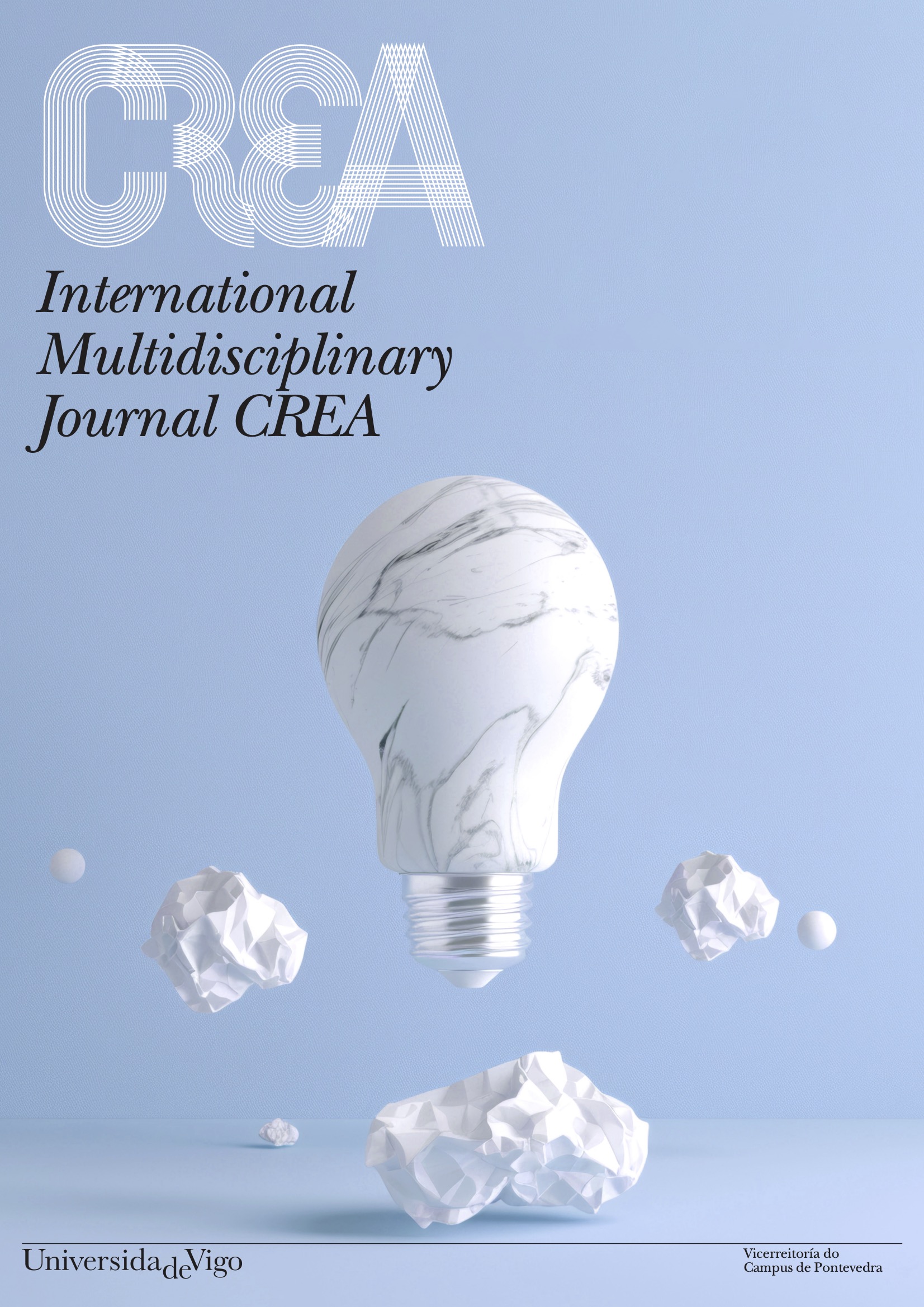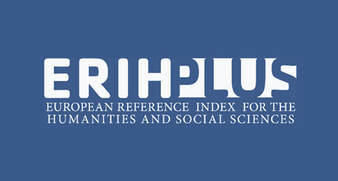Analysis of the Values in the Story of Hua Mulan and a Proposal for Didactic Innovation in a Chinese as a Foreign Language Class
DOI:
https://doi.org/10.35869/5647Keywords:
China, Hua Mulan, human values, Mandarin Chinese Teaching, drama pedagogyAbstract
China's millenary culture has many stories and legends, most of which are unknown in the West. One of the best-known is that of Hua Mulan, which presents a series of traditional Chinese societal and cultural values.
Since its inception in the Northern Wei Dynasty (386-534 AD), the story of Hua Mulan has gone through numerous versions until Disney's 2020 film (Caro et al., 2020). Mulan has become an archetypal war heroine in China on her merit.
This paper aims to analyze the traditional human values of Disney's 2020 film Hua Mulan and to make a didactic proposal for a Chinese as a foreign language class using applied drama techniques.
After analyzing the moral values in the film, we have concluded that the two most important ones are courage and filial piety. Other values worth mentioning are honesty, loyalty, and respect.
Using the story of Mulan and theatre applied in the language teaching classroom, a didactic proposal of educational innovation is presented in which the students play the role of Mulan and her relatives. They must represent one of the protagonist's internal conflicts, her decision to disobey her father to protect him and go to war instead. to stage the decision to go to war disguised as a man.
Downloads
References
Audi, R. (2000). Compromiso religioso y razón secular. Cambridge University Press.
Baldwin, P. & Galazka, A. (2020). Process drama for second language teaching and learning. Bloomsbury.
Caro, N., Bender, C., Reed, J., Weiner, J., Jaffa, R., Silver, A., Hynek, L., Martin, E., Liu, Y., Yen, D., Li, J., Gong, L., Lee, J. S., An, Y., Lee, N., Yu, J., & Wong, J. (2020). Mulan (Widescreen.). Buena Vista Home Entertainment.
Castelló, J. V. (2011). Las enseñanzas de Confucio, el filósofo de moda. Revista Instituto Confucio. 6. Volumen III. https://confuciomag.com/ensenanzas-de-confucio-filosofo
Corderi Novoa, M. (2020). The impact of performative language teaching on oral skills in a Chinese as a foreign language classroom. Doctoral dissertation. University of the Basque Country UPV EHU. https://addi.ehu.es/handle/10810/50388
Corderi Novoa, M., & García Mayo, M. del P. (2022). The Impact of Performative Language Teaching on Oral Skills in the Classroom of Chinese as a Foreign Language. Sinología hispánica. China Studies Review, 14(1), 79–106. https://doi.org/10.18002/sin.v14i1.738
Delgado, D. (2020). La historia de Hua Mulan, defensora legendaria de China. Muy Interesante. https://www.muyinteresante.com/historia/35642.html
DICE Consortium. (2010). The DICE has been cast. Research findings and recommendations on educational theater and drama. European Union. www.dramanetwork.eu
Dong, L. (2020). Mulan: la historia de la leyenda china que inspiró la película de Disney. BBC History Extra. https://www.bbc.com/mundo/noticias-53990371
Hu, G. (2002). Potential Cultural Resistance to Pedagogical Imports: The Case of Communicative Language Teaching in China. Language, Culture and Curriculum, 15(2), 93–105. https://doi.org/10.1080/07908310208666636
Kaka, E. D. L. & Nova, I. B. G. (2023). Moral Values of the Main Characters in “Mulan 2020” Movie. Journal of English Teaching Applied Linguistics and Literatures (JETALL) 6(1):47. https://ppjp.ulm.ac.id/journal/index.php/jetall/article/view/14524
Kingston, M. H. (1976). The Woman Warrior: Memoirs of a Girlhood Among Ghosts. Random House Inc.
Linda & Eyre, R. (1993). Teaching your children values. New York: Simon & Schuster.
Long, M.H. (1996). The role of the linguistic environment in second language acquisition. In W. C. Ritchie & T. K. Bhatia (Eds.), Handbook of Language Acquisition: Vol. 2. Second Language Acquisition (pp. 413-468). New York: Academic Press.
Lu, S. (1992). Lv’s General History of China. East China Normal University Press.
Mayans, C. (2020). Mujeres guerreras de la historia. National Geographic Historia. https://historia.nationalgeographic.com.es/a/mujeres-guerreras-historia_14822
Meng, Z.Y., & Wan, Y. B. (2013). Specialized speaking course "Learn Chinese by performing a play" – Taking the case of Chunxiang Xinzhuan teaching and acting as an example. Journal of International Chinese Education, (2) pp. 93-106.
Musthofiyah, S. I. (2022). Moral Values in Mulan (2020) Movie Directed by Niki Caro.. 2ndEnglish Teaching, Literature, and Linguistics (ETERNAL) Conference ISSN: 2828-7193Universitas PGRI Semarang, Faculty of Language and Arts Education, English Education Department, retrieved from https://conference.upgris.ac.id/index.php/etll/article/view/2832
Naudus, P. (2020). Mulanbook. https://mulanbook.com/
Piazzoli, E. (2018). Embodying Language in Action: The Artistry of Process Drama in Second Language Education. Palgrave Macmillan. Dublin: Ireland.
Rudy, R. (2024). “HUA MULAN” IN CHINESE PHILOSOPHY: A STUDY OF THE DISNEY FILM MULAN (2020). IdeBahasa, 6(1), 94-102. https://doi.org/10.37296/idebahasa.v6i1.155
Schewe, M. (2013). Taking stock and looking ahead: Drama pedagogy as a gateway to a performative teaching and learning culture. Scenario: Journal for Performative Teaching, Learning and Research, 8 (1), 5–23.
Sotomayor, H. (2019). Hua Mulan: A Girl Worth Fighting For. Footnotes, 12. https://journal.lib.uoguelph.ca/index.php/footnotes/article/view/5318
Spolin, V. (1986). Theater Games for the Classroom: a Teacher’s Handbook. Evanston, Illinois: Northwestern University Press.
Vygotsky, L. S. (1930/1978). Mind in Society: The Development of Higher Psychological Processes. Cambridge, MA: Harvard University Press.
Wang, Y. Y. (2009). On the application of drama in teaching Chinese as a second language – Classroom practice in Australia. Chinese Teaching in the World (2), 233-243.
Zhou, W. & Li, G. (2016). Chinese Language Teachers’ Pedagogical Adjustment and Classroom Management in Cross-Cultural Contexts. In: Ruan, J., Zhang, J., Leung, C. (eds) Chinese Language Education in the United States. Multilingual Education, vol 14. Springer, Cham. https://doi.org/10.1007/978-3-319-21308-8_11
Downloads
Published
How to Cite
Issue
Section
License
Copyright (c) 2025 International Journal of Multidisciplinary CREA (IJMC)

This work is licensed under a Creative Commons Attribution-NonCommercial-NoDerivatives 4.0 International License.
Copyright
After the acceptance of an article, the authors will be asked to complete a Publication Agreement. Acceptance of the agreement will guarantee the widest possible dissemination of information. Under this agreement, the copyright will be transferred to the Company / Institution if the manuscript is accepted for publication. Permission from the Company / Institution is required for resale or distribution outside the institution and for all other derivative works, including compilations and translations. If extracts from other copyrighted works are included, the author (s) must obtain written permission from the owners of the copyright and credit rights of the source (s) in the article.
Rights of users
All the articles published in the magazine will be immediately and permanently accessible so that any user can read and download them. The (Re) use allowed for third parties of the published content will be defined by the following Creative Commons license: Creative Commons Attribution-Noncommercial-No Derivative Works (CC BY-NC-ND). For non-commercial purposes, allow others to distribute and copy the article. It also allows its inclusion in a collective work (such as an anthology), provided that the author (s) is cited and the article is not altered or modified.
Publication cost
The author of the accepted articles should not pay for its publication. The Society or the Institution that owns the journal finances the production costs of the manuscripts.








